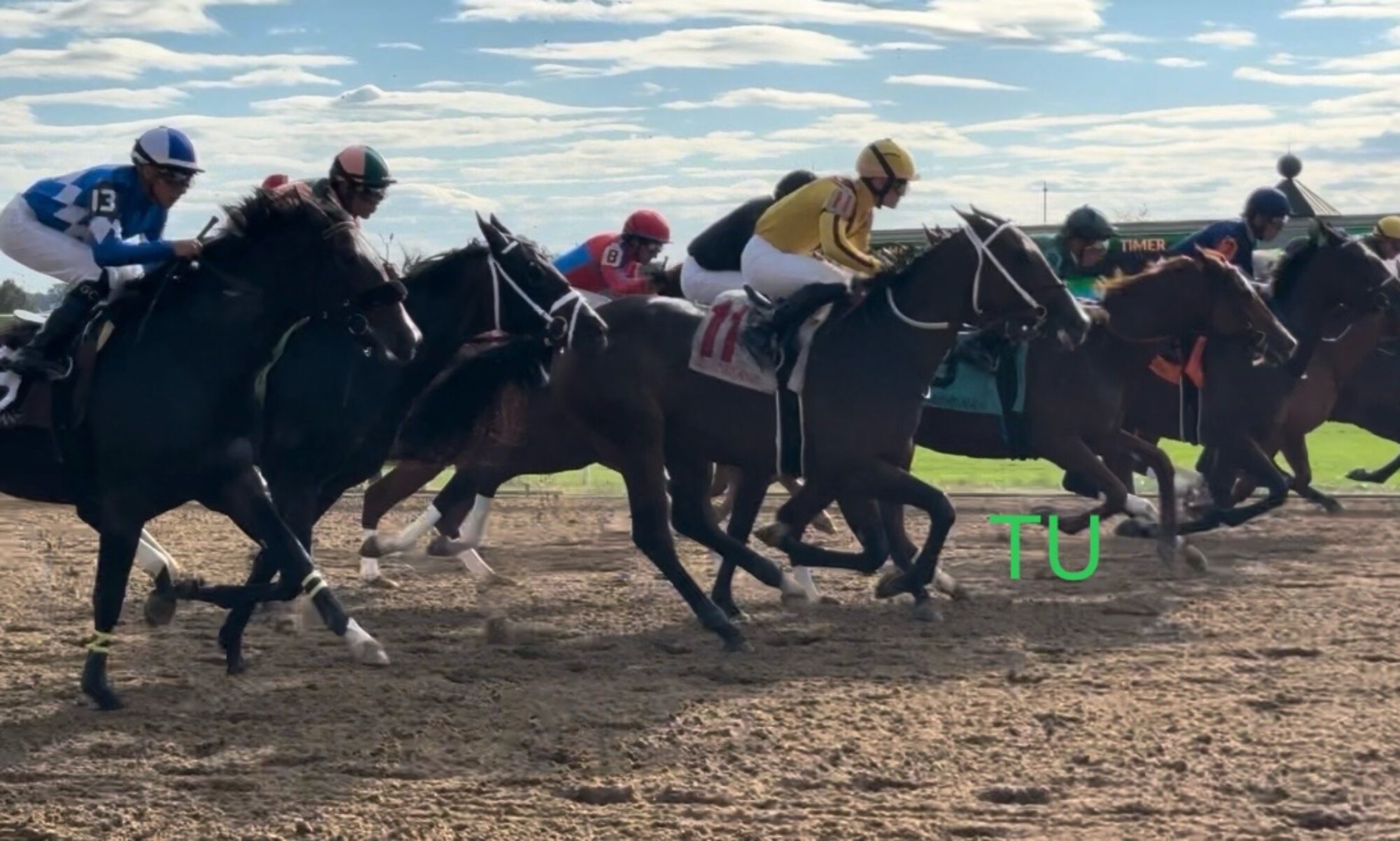Just like people, Thoroughbreds have to be maintained in tip top shape to be the superior athletes that they are. Horses are cared for by their owners, trainers, handlers, licensed veterinarians, and rules established by many organizations. The United States Department of Agriculture, state regulations, federal and state veterinary offices, sales auctions, and racetracks all have a responsibility for caring for the horses, and they have varied rules for achieving adequate care.
To become an equine veterinarian in the Unites States, generally a person must first obtain a bachelor’s degree that includes a good scientific background. After that, they may sit for the Graduate Record Examination or the Veterinary or Medical College Administration Test. Once admitted to an approved school they will study about 4 years to receive a Doctor of Veterinary Medicine degree. At this point they will take the North American Veterinary Licensing Exam, and upon passing they will likely do a year of internship.
Horses take all kinds of medicine for many problems, just like we humans do. Some of the medicines are purely therapeutic, but some are utilized with a bit of controversy, because they may be performance enhancing drugs. The medications you will likely see or hear about on race day are Lasix and Bute. In the racing program, and over the intercom system, there is usually some announcement referring to the use of these medications in particular horses. Lasix is the brand name for furosemide. This drug is administered to a horse generally to prevent exercise induced pulmonary hemorrhage. In stage four of this problem bleeding is visible thru the horse’s nose. The horses bleed because when they race they might have a four times increase in blood pressure that may cause the small capillaries in the lungs to burst. Giving the horse Lasix may decrease the blood pressure and the blood pH and will cause the horse to urinate a good percentage of body weight. Most other countries have banned the use of this drug on race day. Many American tracks have also banned this medications use, but at Keeneland racetrack in Lexington, KY a Kentucky Horse Racing Commission approved veterinarian may administer the drug. You can see if the drug is in use by the letter l (L) right next to the horses name in the program. Bute is an abbreviation for phenylbutazone. It is a nonsteroidal anti-inflammatory drug. This drug is a good pain killer. It is also subject to controversy since some think this may help a horse push through it’s pain when it really needs rest.
Thoroughbreds receive vaccinations as well. Most races and sales will have a horse take a Coggins test annually. This test looks for equine infectious anemia (swamp fever). There is a vaccination to assist with prevention. Horses also suffer from strangles. This is the term for an infectious and contagious abscess of the lymphoid tissue in the upper respiratory tract. It is streptococcal in nature and only found in donkeys, mules and horses. This too has an available vaccine. In order to race at Keeneland a horse must be approved by the Kentucky State Veterinary office and found to have a current negative Coggins test, a Certificate of Veterinary Inspection performed by a licensed vet within the last 72 hours, and a record of vaccination against Equine Herpes Virus Type 1 within the period of the former 14 to 120 days. The horse must have a rectal temperature log maintained during its stay. Any reading over 102 degrees fahrenheit is to be reported immediately. If a horse is to be sold at Keeneland, it must pass a Certified Veterinary Inspection showing all tests and vaccines. Also, it must meet the USDA requirement of a negative equine infectious anemia test (AGID) and there may be no infectious, contagious, or communicable diseases present or a history of exposure. A Federal Veterinarian is kept present throughout the sales meet.
Horses need proper health care and fortunately there is a lot of discussion, legislation and rules that guide the correct and ethical treatment for these animals. Be on the lookout for updates to theses current standards.
Share This:


Well, that was a very pleasing few mins I spent looking through your site, thanks a lot.
Elliott, Thank you so much. I am glad that you enjoyed it!